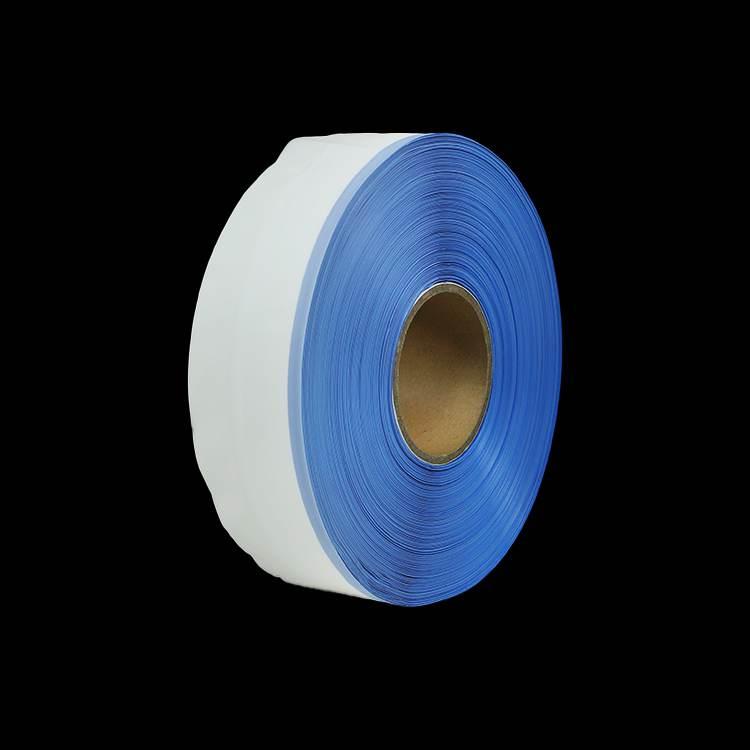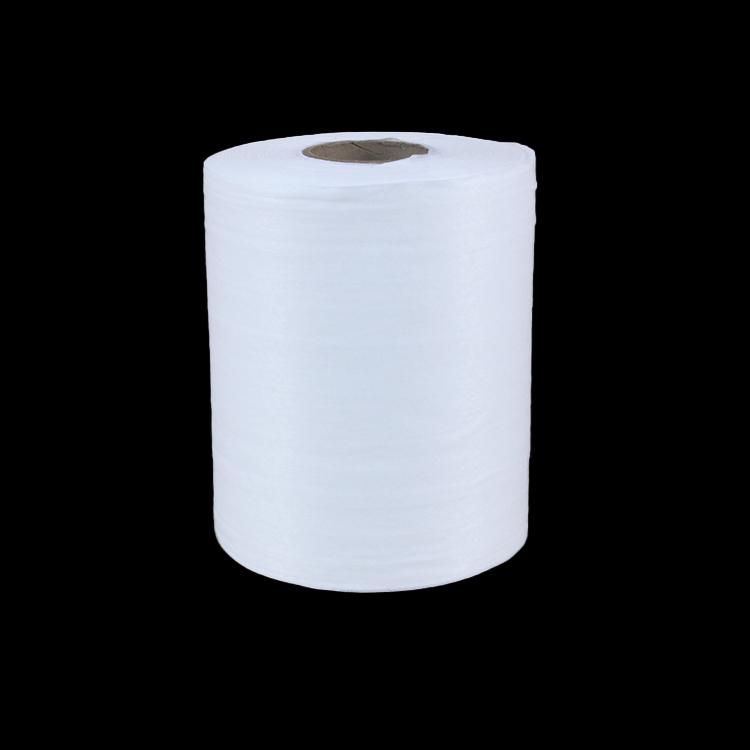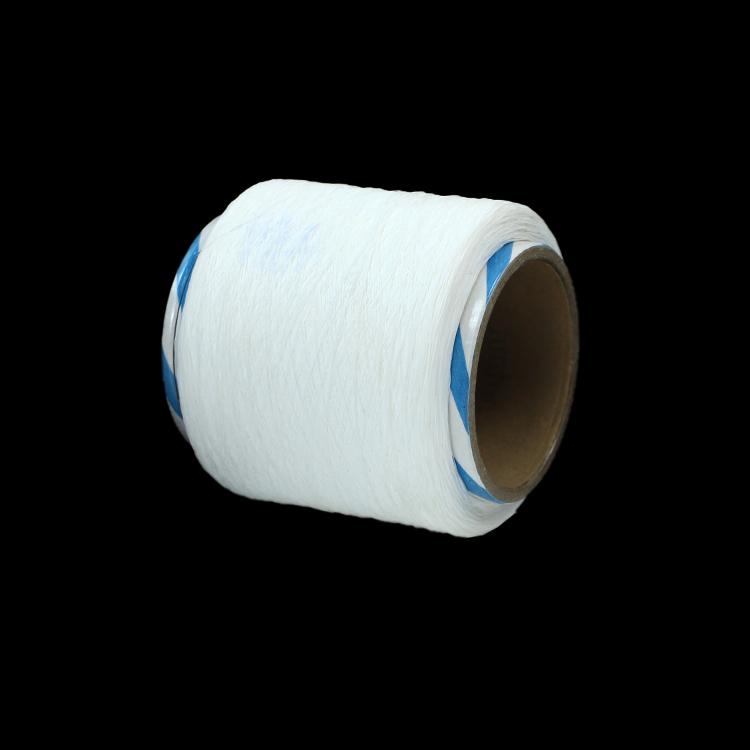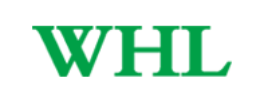Introduction. Improved Absorption for Long-lasting Dryness. Enhanced Comfort and Fit. Efficient Leakage Prevention. Conclusion....
Introduction. Enhanced Liquid Retention. Improved Breathability. Efficient Distribution of Fluids....
Enhanced Comfort. Enhanced Absorption. Improved Performance....
Introduction. Improved Absorbency. Enhanced Comfort and Softness. Improved Hygiene and Odor Control. Conclusion....
1. Introduction to Sanitary Pad Raw Materials. 2. Enhanced Absorbency for Longer Dryness. 3. Improved Breathability for Enhanced Comfort....
ADL non woven fabric is a layer of non woven material placed between the surface material and the absorbent core, which can effectively help the liquid to quic...
1.Introduces the sanitary pad raw material Feminine hygiene products mainly include women's sanitary napkins, sanitary pads and sanitary napkins. Among them...
Disposable hygiene products, also known as disposable products, include feminine hygiene products (sanitary napkins, sanitary pads, tampons, etc.), baby diapers...
1. Introduction of sanitary napkin materials Disposable sanitary napkins are almost a public product for women. In recent years, sanitary napkins have repea...
1. Introduce the dynamics of sanitary napkin raw material suppliers Meeting the needs of customers and other suppliers while balancing price and sustainability...
Sanitary pads are a necessity for women's health care. They are popular among women because of their comfortable use, freedom of movement, and easy portability....
Sanitary napkins are essential for women's hygiene and health care. They are popular among women because they are highly absorbent, comfortable to use and easy ...
1. The types of raw materials used in sanitary pads There are many raw materials used in sanitary pads, such as: high-molecular polymer and high-molecular pol...
There are many kinds of sanitary pads on the market, so what are the differences in the design process and composition of these sanitary pads? There are four ty...
1. Raw materials for making sanitary pads raw materials for making sanitary pads are mainly polymers and polymer laminates made of cotton, non-woven, pulp or...

PP side tape features: PP side tape is a common ingredient in the production of baby diapers. PP side tape, also known as polypropylene tape, is a type of adhesive tape that is used t...

1. Spunlace non woven fabric is made by viscose and polyester. 2.Spunlace non woven fabric can be cross type or parallel type. 3.Spunlace non woven fabric can be plain or dot. 4.Applica...

Spandex yarn features: Spandex Yarn is specially designed softsynthetic polymer which is stronger, lighter and more versatile and used toimprove the fit of the diaper. Product...
1. The perforated non woven fabric belongs to one of the hot air spunbond (spunbond, hot air) non woven fabrics. Punch holes to produce punched nonwoven fabrics. 2. The principle o...
In recent years, the use of spunbond polypropylene material in diaper production has become increasingly popular. This material is known for its durability, breathability, and absorbenc...
WEIHONGLAI white color spunbond hydrophilic non woven fabric has been packed well. It is ready to be shipped to Jordan customer. The white color spunbond hydrophilic non woven fabric p...
The perforated film is mainly due to its own function. It is breathable and water permeable like gauze, but it does not stick to the packaging like gauze. Most of the perforated films a...

 Email: info@whldiapernonwoven.com
Email: info@whldiapernonwoven.com
 MP/WhatsApp: +86-13599937366
MP/WhatsApp: +86-13599937366
 Manufacturer Address:Room 1105B, Bld M1, Manhattan, Yulongwan, Shimao, Shuanglong Road, Meiling Street, Jinjiang, Fujian, China
Manufacturer Address:Room 1105B, Bld M1, Manhattan, Yulongwan, Shimao, Shuanglong Road, Meiling Street, Jinjiang, Fujian, China